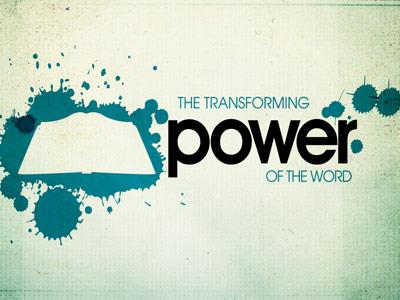-
It's All Greek To Me Series
Contributed by Jason Jones on Nov 28, 2017 (message contributor)
Summary: Explanation of the Greek documents behind our New Testament
Text: 2 Peter 1:16-21, Title: It’s All Greek to Me, Date/Place: NRBC, 6/14/09, PM
A. Opening illustration: speak to the uniqueness of the bible—Josh McDowell, New Evidence, pg. 4-15
B. Background to passage: Peter is explaining the reliability of the gospel and the testimony of the apostles. It’s accuracy was crucial in the first century and it is crucial now. He tells them that believers do not follow myths. The word means: a legendary story or account, normally about supernatural beings, events, or cultural heroes, and in the NT always with an unfavorable connotation—‘legend, myth, tale, story, fable. My goal for tonight is begin to explain the powerful evidence behind the NT and its documentation and composition. I really want to encourage notes, questions, and discussions for clarification’s sake.
C. Main thought: The documentary evidence for the NT is simply overwhelming, thus we can trust our NT.
A. Sources
1. Papyri – the papyrus plant is a reed abundant along the banks of the Nile in Egypt. When laid flat and criss-crossed, it made a good writing surface, at least on one side. This was the primary material used for writing during the first century. The oldest fragments and texts that we have are from this type. There are about 110 of these dating from the second century to about the seventh century, with some reading going back into the first century. All of these are partial copies.
2. Uncials/Codices – this is the way that the NT was first written in book form. It contained long strings of capital letters with no spaces, punctuation, or divisions. This type dominated manuscripts from the second to ninth centuries. Our best preserved and most complete older copies are in this format. There are about 307 of these, some of which date back to the second century, but the best copies are from the fourth/fifth.
3. Miniscules – these were done in small cursive handwriting and dominated our copies from the tenth century till the invention of the printing press. There are over 2800 of these.
4. Old Versions – These are usually associated with language such as Latin or Syrian. They are complete copies of the NT. The Old Latin and Vulgate (about 10K combined) copies are most helpful and date back to the fourth century. There are over 19,000 of these in existence today.
5. Lectionaries – These are compilations of scripture for reading in church services with more liturgical denominations like Roman Catholic, Greek Orthodox, etc. We have over 2400 of these manuscripts.
6. Church Fathers – Early church leaders and their associates quoted from the NT writings numerous times in letters, teachings, books, and documents. Many from the first and second centuries.
7. Illustration: the most interesting papyri was one discovered by a Spanish Jesuit paleographer named O’Callahan, who found fragments of the gospel of Mark in Cave 7 in Qumran (the site of the Dead Sea Scrolls) in March of 1972. The contents of this cave had been previous dated to between 50 BC - 50 AD. If fragments of Mark date to the 50’s, Matthew has to date to the early 50s or late 40s (Epistle of James written about 45 AD), less than 20 years following the crucifixion! Make a comparison to something that happened in 1989, also speak to the nearness of NT documents versus other ancient histories, It has been said that if we lost all of our Gr. mss that the quotations in the church fathers could be found the entire NT. Between 96 AD (Clement of Rome) and Eusebius in 325 AD there were nearly 40,000 quotes from the NT. Papias (a companion of Polycarp who along with Ignatius knew John the Apostle) argued clearly for the powerfully for the existence and circulation of all four gospels prior to the end of the first century.
8. The most manuscripts of any ancient book that we have is 643 copies of Homer’s Illaid; next most is 200 copies, then 20 copies. The NT is the most quickly copied, most accurately copied, most commonly copied book in the history of ancient literature. The bottom line that we have over 25,000 mss and versions of the NT. Then on top of that, we have the 40,000 quotes from early believers. We have ample evidence that the NT that we hold in our hand this evening is what the Apostles wrote with their own hands. Not that many of you ever doubted that, but the fact is that we must give a good reason for not doubting that. We must equip our children with this information so that they may develop convictions before the face major crises of belief in colleges and universities of really smart people whose sole purpose in life seems to be to undermine the confidence in the scripture.

 Sermon Central
Sermon Central



